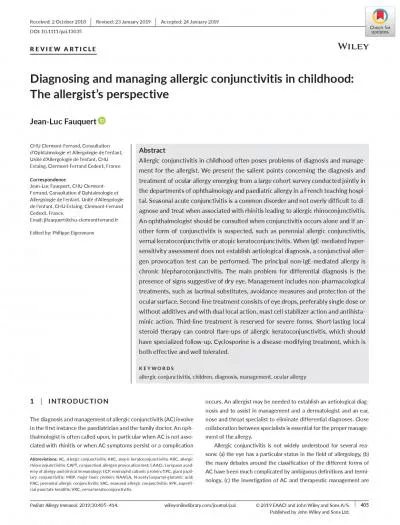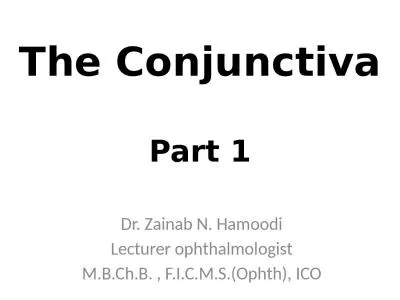PPT-Neonatal Conjunctivitis A review of pathology, treatment
Author : SpunkyFunkyGirl | Published Date : 2022-08-02
options patient disposition and differential diagnosis Adrienne DePorre MD Pediatric Hospitalist Childrens Mercy Kansas City What patients are we talking about
Presentation Embed Code
Download Presentation
Download Presentation The PPT/PDF document "Neonatal Conjunctivitis A review of path..." is the property of its rightful owner. Permission is granted to download and print the materials on this website for personal, non-commercial use only, and to display it on your personal computer provided you do not modify the materials and that you retain all copyright notices contained in the materials. By downloading content from our website, you accept the terms of this agreement.
Neonatal Conjunctivitis A review of pathology, treatment: Transcript
Download Rules Of Document
"Neonatal Conjunctivitis A review of pathology, treatment"The content belongs to its owner. You may download and print it for personal use, without modification, and keep all copyright notices. By downloading, you agree to these terms.
Related Documents

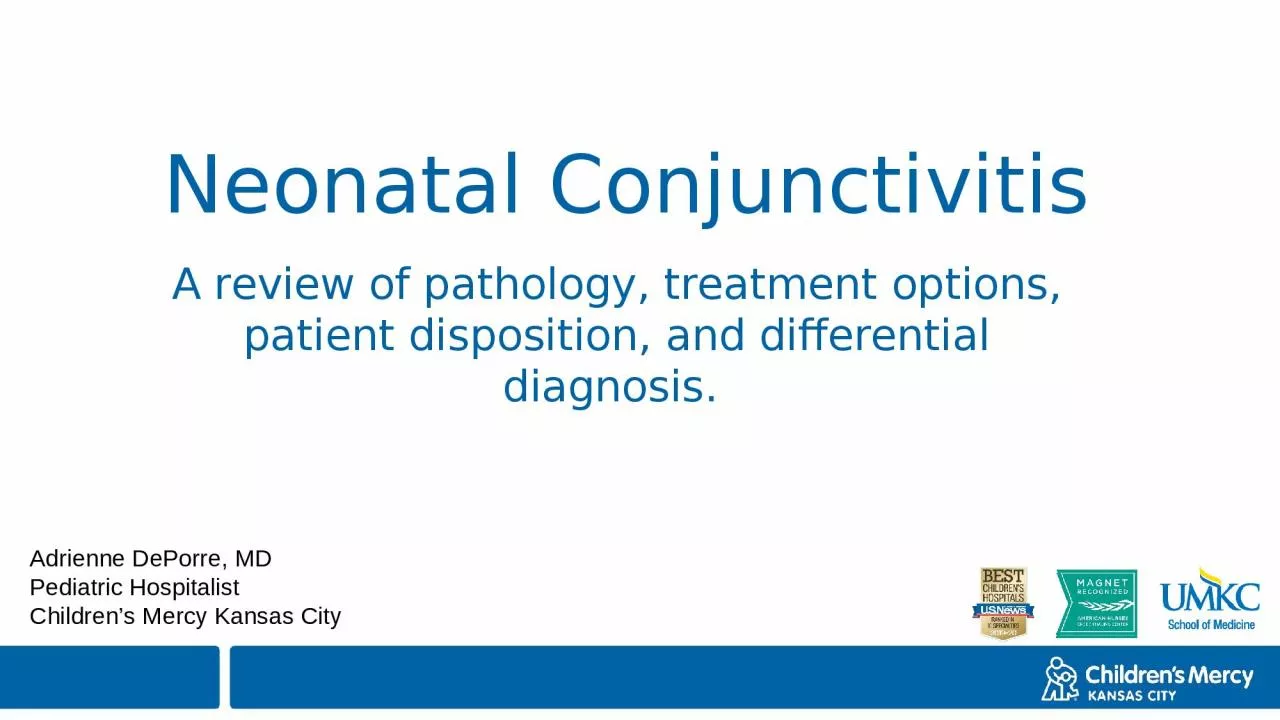
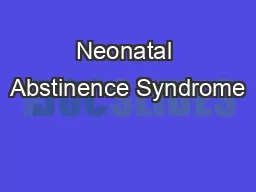
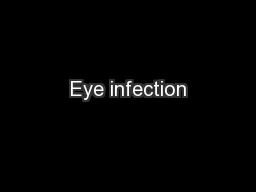
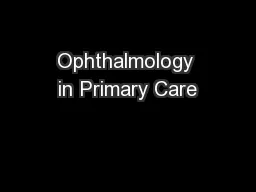
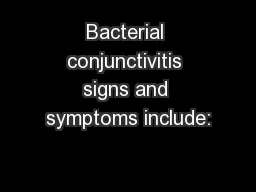
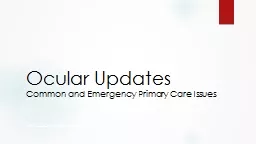
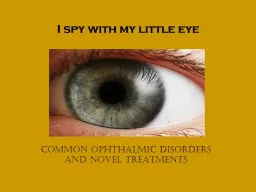
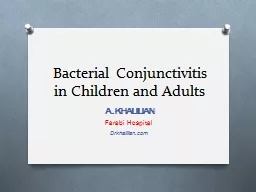

![[READ] - Neonatal Intensive Care Nurse Exam Secrets Study Guide: Neonatal Nurse Test](https://thumbs.docslides.com/902492/read-neonatal-intensive-care-nurse-exam-secrets-study-guide-neonatal-nurse-test-review-for-the-neonatal-intensive-care-nurse-exam.jpg)

